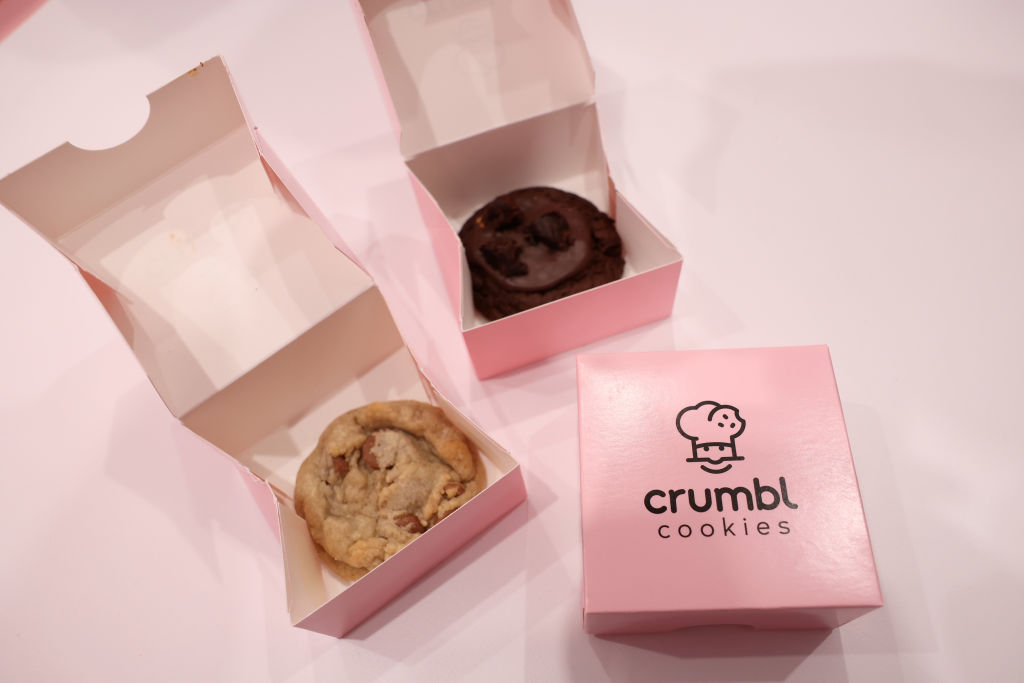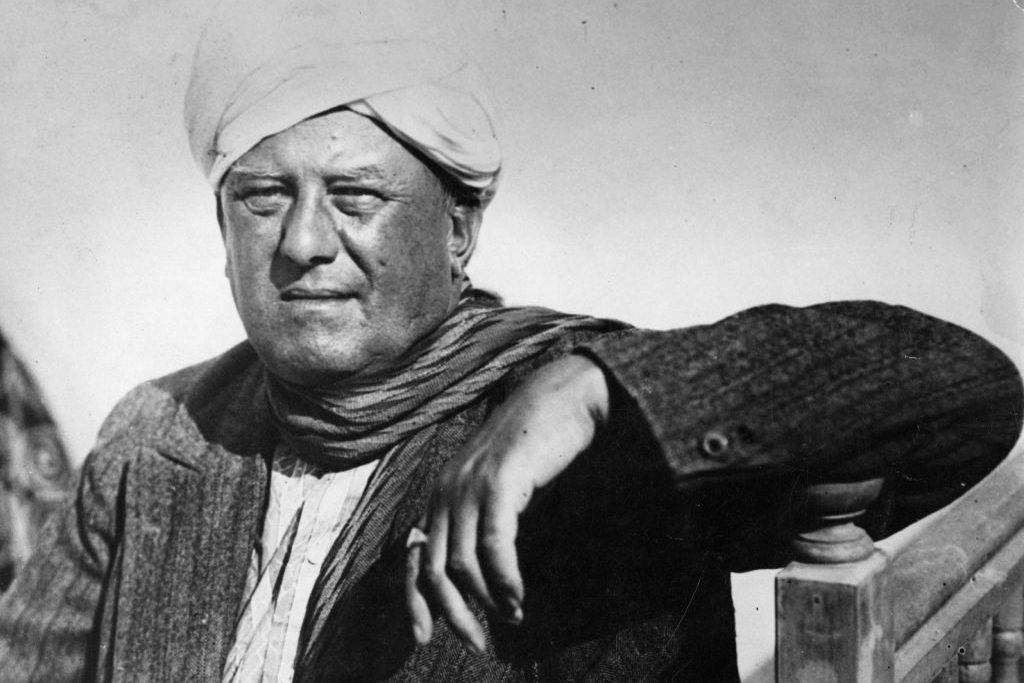The most common vice among Mormons – besides, perhaps, being a little too nice – is a ravenous, insatiable, unyielding sweet tooth. That’s why members of the Church of Jesus Christ of Latter-day Saints are devouring the American dessert industry.
You may have noticed, in recent years, a sprinkling of Crumbl Cookies stores in cities and suburbs. Or maybe a quirky customizable mixed-soda place such as Swig has opened near you. Or you’ve heard someone mention a “dirty soda.” These are the candied cultural exports of Utah and its predominantly Mormon culture.
Over the past eight years, Crumbl – with its sugary-sweet marketing and bright pink boxes – has launched more than 1,000 franchises and become one of the largest dessert companies in the country. When a pair of Utahns raised in the church started the company eight years ago, their business was just one of the state’s many competing cookie stores. The phenomenon was largely limited to the Beehive State. Today, Crumbl Cookies is reportedly worth $2 billion.
In case you’re in the shrinking minority who haven’t had the decadent pleasure of a Crumbl cookie: every week, the company releases a new menu. As I write, the week’s flavors include a caramel-apple cookie, a cornbread cookie, a “patriotic M&M’s” cookie, a S’mores brownie (which is really just a small cake), and a “Benson Boone’s Moonbeam Ice Cream Cookie.” (The last of these drew extremely polarized reviews in The Spectator’s New York office.) There’s no point in looking at the nutritional value unless you’re a glutton for punishment.
Brother fought against brother over where the best chocolate-chip cookie could be found
Then there are the soda shops. These dot Utah’s central valley as bars do in every other state. Swig, Sodalicious, Fiiz – each one offers any combination of (non-alcoholic) liquids you can imagine. Ever wondered what a 44oz Styrofoam cup brimming with Dr. Pepper mixed with lemon, raspberry purée and cream tastes like? No? Well, I did, and I went to college in Utah, so I had a Sodalicious around the corner to satisfy my curiosity for just $3. (And the answer is: pretty good, actually.) The phenomenon spilled across state lines when pop star Olivia Rodrigo posted about Swig and dirty sodas a few years ago.
Utah makes the rest of the country look like a dessert desert – this was my feeling when I moved to New York a few years ago. But Mormons are nothing if not evangelistic, and now I’m blessed with a Crumbl location one block from my Upper West Side apartment and a Swig-imitator ten minutes away. More will soon open even closer.

This growing dessert empire is no accident. There’s nothing doctrinal pushing the sugar craze – it’s merely the outgrowth of unique cultural circumstances. The church proscribes alcohol and drugs and its members often adhere to certain traditional values, which means, for example, that baking often features in dating rituals for many members. And multiple church gatherings take place weekly, which provide a convenient excuse to share a family recipe.
I’m writing this while visiting Provo, Utah, which is home to the church’s flagship university (and my alma mater), Brigham Young. For 20-something years, BYU has proudly dominated the Princeton Review’s “Stone-Cold Sober” competition, a power ranking of the least alcohol-soaked schools in the country. On campus, the generational run is celebrated the same way every year: cracking open a BYU Creamery-branded chocolate milk or, should you be feeling particularly extravagant, a sludgy but irresistible Cookies ’N’ Cream milk, which contains a glorious 72 grams of sugar per bottle (which is 100 percent of your daily recommended intake, if you’re counting). It takes about three years to digest. They are, I’m not afraid to admit, delicious.
Then there are the football games. You can’t string together the greatest Stone-Cold Sober Campus run of all time by selling giggle water at sporting events. Instead of tall cans, the LaVell Edwards Stadium’s concessions booths make mountains of dough selling the (imaginatively named) Cougar Tail: a 16-inch maple-frosted doughnut rumored to pack 2,200 calories.
I stepped into the student center at BYU and found public-board flyers for the following: a bake-off, a dessert-swap meet-up, a blind-date dessert meet-up and a cake-decorating night. How can any other group of Americans hope to compete with this dedication to sweetness?
Provo had a litany of cookie companies when I was enrolled at BYU. They went to battle with Crumbl. Corporate espionage, federal lawsuits over family recipes, passive-aggressive social-media campaigns – these were dubbed the Cookie Wars, and they nearly tore the state apart. Brother fought against brother over where the best chocolate-chip cookie could be found until Crumbl emerged largely victorious. Still, plenty of other experimental dessert shops continue to pop up across the state.
Gen Z’s indifference toward alcohol is well-documented – compared to prior generations, the young are drinking at a much lower rate. But man does not live by bread alone – or water, for that matter. Sugar will no doubt be a substitute vice for many of these Americans, and no one is better poised to supply them with their fix than Utahns. The desire for things that are bad for us needs some outlet – and we could do worse than a hankering for high-fructose corn syrup.
This article was originally published in The Spectator’s August 2025 World edition.


























Leave a Reply